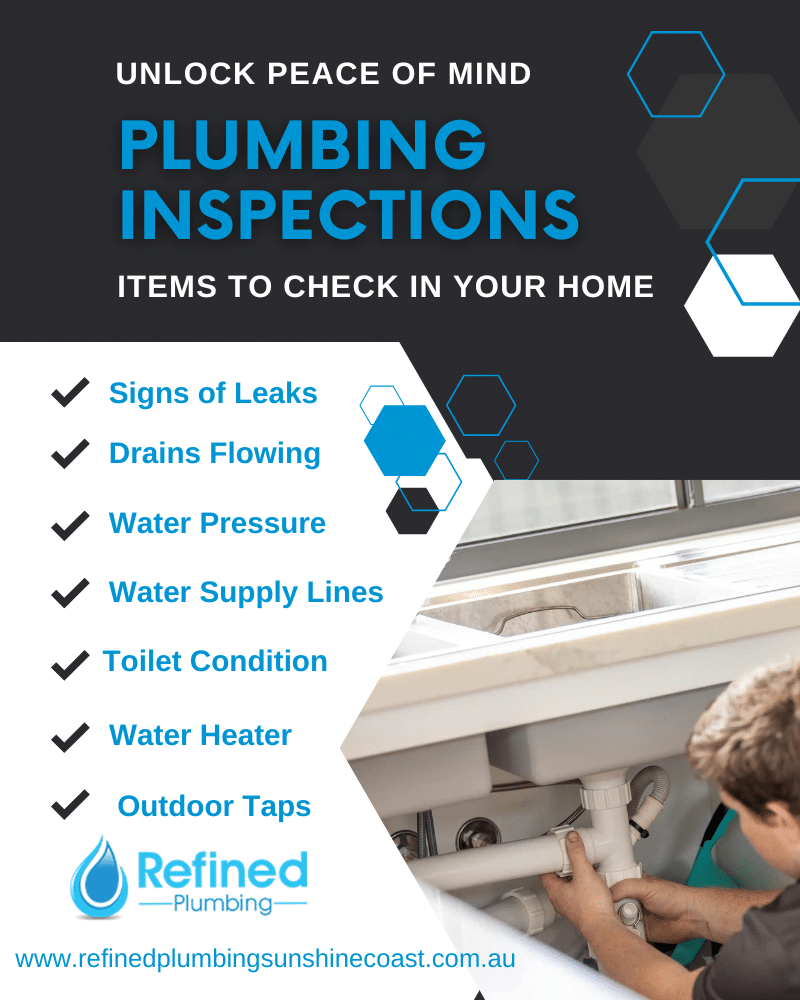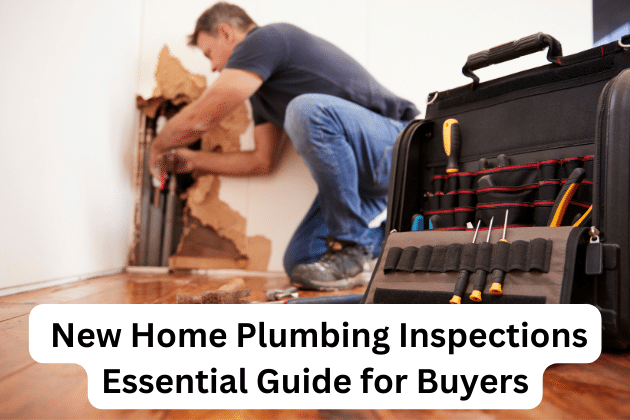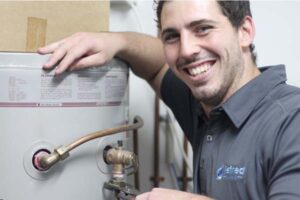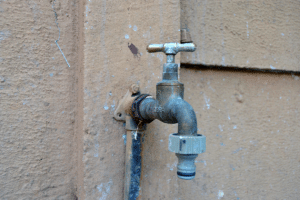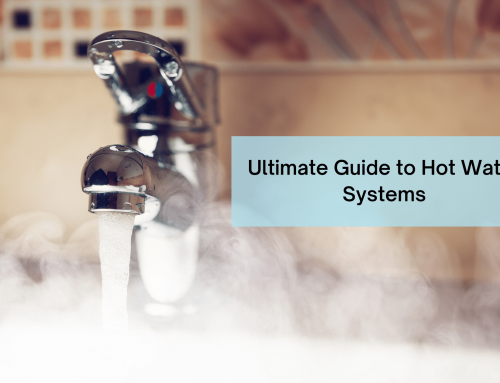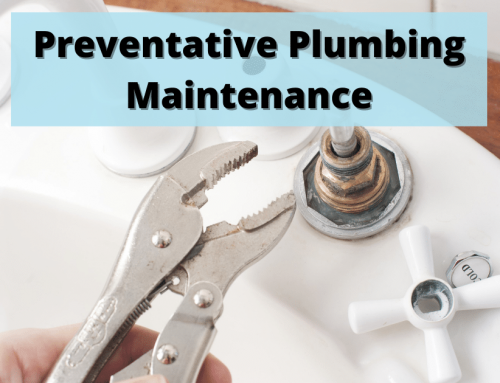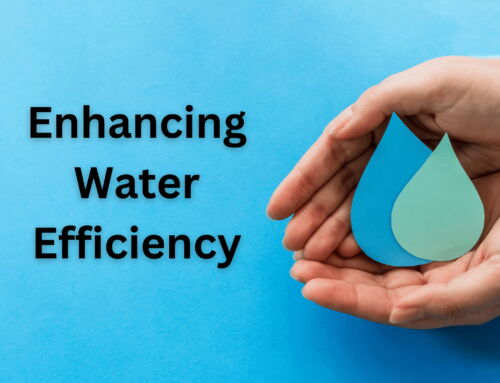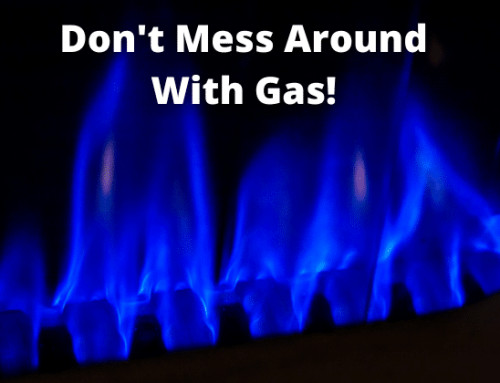When purchasing a new home, it’s crucial to conduct a thorough plumbing inspection to ensure the system is in good condition. This examination can help identify any existing or potential issues that may require attention. In this article, we will explore a series of questions to guide you through the plumbing inspection process, enabling you to make an informed decision about your new property.
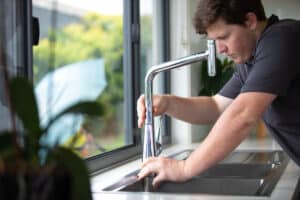 Are there any signs of leaks or water damage?
Are there any signs of leaks or water damage?
Inspecting the visible areas for signs of leaks or water damage is essential. Look for water stains on walls, ceilings, or floors, as these may indicate a plumbing problem. Additionally, check for dampness or mould growth, which could be signs of ongoing leaks.
If you have water leaks in your home, it’s essential to take immediate action to prevent further damage and address the issue effectively.
Here are the steps you should follow:
- Identify the Source: Determine the exact location of the water leak. Check for visible signs of water, such as dripping or pooling, and inspect nearby fixtures, pipes, and appliances to locate the source of the leak.
- Shut Off the Water: To minimize water damage, it’s crucial to shut off the water supply to the affected area or the entire house. Locate the main water valve and turn it off to stop the flow of water. This will help prevent additional leaks and flooding.
- Assess the Damage: Evaluate the extent of the damage caused by the water leak. Check if there is any structural damage, such as weakened walls or flooring, and inspect any furniture or belongings that may have been affected.
- Call a Professional Plumber: It is highly recommended to contact a professional plumber to handle water leak repairs. They have the expertise and equipment to accurately diagnose the issue and provide appropriate solutions. DIY attempts may worsen the problem or lead to incomplete repairs.
- Take Temporary Measures: While waiting for the plumber to arrive, you can take some temporary measures to minimize the damage. Place buckets or containers under active leaks to collect water, and use towels or mops to soak up any standing water. Keep in mind that these are temporary solutions and not substitutes for professional repairs.
- Document the Damage: Take photos or videos of the water damage for insurance purposes. This documentation will assist you when filing an insurance claim to cover the cost of repairs and any damaged belongings. After the water leak has been resolved, it’s crucial to thoroughly dry the affected area to prevent mould growth and further damage. Use fans, dehumidifiers, and open windows to promote air circulation and expedite the drying process.
- Repair and Restore: Once the plumber has fixed the water leak, focus on repairing and restoring any damage caused. This may involve replacing damaged drywall, flooring, or other affected materials. Consult with professionals or contractors to ensure proper repairs and restoration.
Remember, water leaks can cause significant damage to your home and belongings if left unaddressed. Acting promptly and seeking professional assistance are key to mitigating the damage and restoring your home to its pre-leak condition.
Are the water supply lines in good condition?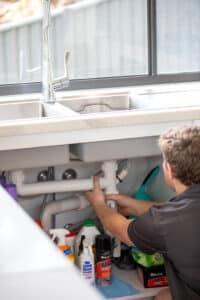
Check the water supply lines throughout the house. Examine the pipes for signs of corrosion, leaks, or outdated materials like polybutylene, which are prone to failure. It’s crucial to ensure that the supply lines are in good condition to avoid potential water damage and disruptions.
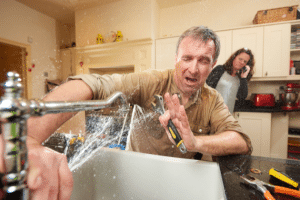
How is the water pressure?
Evaluate the water pressure in the property. Turn on the faucets and showers to check if the water flow is adequate and consistent. Low water pressure could indicate problems with the plumbing system, such as clogged pipes or an inefficient water supply.
Are the drains functioning properly?
Test the drains by running water in sinks, tubs, and showers. Observe how quickly the water drains and if there are any signs of slow drainage. Slow drains may suggest clogs or issues within the sewer lines, requiring professional attention.
Is the water heater in good working condition?
Inspect the water heater to ensure it’s functioning properly. Determine its age, as older units may be less efficient and prone to problems. Look for signs of rust, leaks, or strange noises, which could indicate potential issues with the water heater.
Does your new home have gas?
If your new home has gas as well, you’ll want to find a plumber that is also a licensed gas fitter. All the gas pipes, fittings and gas-operated appliances will be checked and examined before you move, so you know everything in your new house is safe and working as it was designed to do.
Gas is a specialized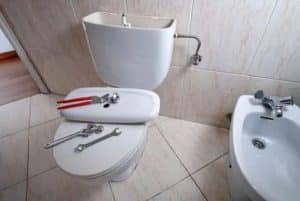 business and faulty gas fittings or appliances can present a danger. Give yourself peace of mind by having your new home inspected by a fully qualified gasfitter.
business and faulty gas fittings or appliances can present a danger. Give yourself peace of mind by having your new home inspected by a fully qualified gasfitter.
Are the toilets in good condition?
Check each toilet in the house for proper functionality. Flush them to see if they operate smoothly and efficiently. Look for signs of leaks around the base or any cracks in the porcelain. Faulty toilets can lead to water waste and expensive repairs.
Are the exterior plumbing elements well-maintained?
Inspect the exterior plumbing components, including outdoor faucets, sprinkler systems, and drainage systems. Ensure that faucets are not leaking and that the sprinkler system is working correctly. Additionally, evaluate the drainage system to prevent potential water accumulation around the house.
Are there any previous plumbing repairs or modifications?
Ask the seller or real estate agent about any previous plumbing repairs or modifications done to the property. Understanding the history of plumbing work can provide valuable insights into the condition of the system and potential issues that have been addressed.
Performing a comprehensive plumbing inspection of your new home is a critical step in ensuring its overall condition and functionality. By asking these essential questions and thoroughly examining the plumbing system, you can identify any existing or potential problems and make informed decisions regarding necessary repairs or negotiations with the seller. Remember, when in doubt, it’s always advisable to consult with a professional plumber for a more detailed assessment. Don’t take the chance of having to deal with plumbing or gas problems once you make the move. Have a licensed plumber and gas fitter perform a full plumbing inspection on the house first.
On the Sunshine Coast, the team to call is Refined Plumbing.
Original article by Refined Plumbing Sunshine Coast
